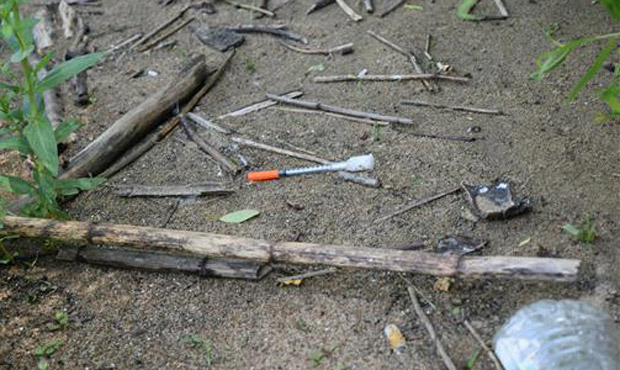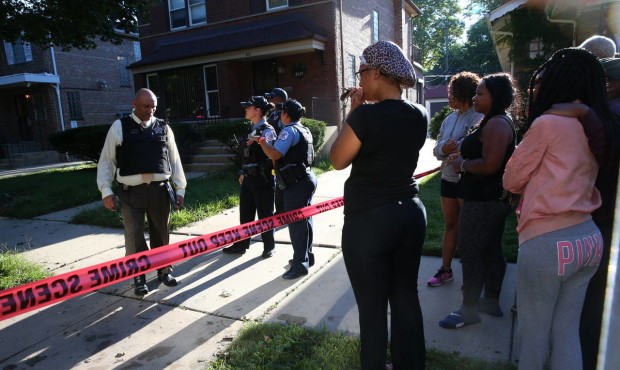Local News
Communication improves since Nisqually quake
By LISA BROOKS
KIRO Radio
If you were in the Seattle area ten years ago today, you probably remember where you were, and what you did when the 6.8 Nisqually Earthquake struck.
It damaged the Alaskan Way Viaduct, indirectly caused one death, and it put the region on notice for future emergencies.
“It’s one of the major events that we think about and practice for, and plan for, says JoAnn Jordan, Public Education Coordinator for the Seattle Office of Emergency Management.
If another earthquake were to shake the Puget Sound today, the way emergency response teams communicate would look a little different.
“I remember being under my desk, but I don’t remember getting there,” said Jordan.
She attributes her reflex reaction to all the training she did for the quake and for what would come after.
“While I’m under my desk, I’m talking to our staff and saying ‘Okay, as soon as the shaking stops, here’s what we’re going to do next.’ We talked about checking to make sure we’re all okay and that our office was okay and checking in with the city, as a part of our operations plan, and then setting up our emergency operations center,” recalls Jordan.
She says there were also lessons to be learned; one of them was learning just how important HAM radio was in making sure people who needed help got it.
“Amateur radio was the most reliable form of communication and our amateur radio group in Seattle has over tripled in size in the last ten years,” Jordan says.
But something that may be even more important if and when the next big quake hits: text messaging and social network communication on sites like Twitter.
“I think that that will be a really big asset for us as people find damage and report it in, they could check on each other and share,” Jordan says.
Just don’t use your voice on the phone.
“We encourage people now to please stay off all phones if you can for at least three to five hours unless you have a life threatening emergency and need 911,” Jordan explains.
In King County, they’ve conducted two full scale earthquake practice exercises in recent years.
King County Executive Dow Constantine remembers he was in Olympia when the 2001 quake hit.
“I was a State Senator serving in Olympia when the Nisqually quake struck, and it sounded like the capitol building dome was going to collapse on top of us,” said Constantine in a release. “Particularly after that experience, I take emergency preparation very seriously. I am pleased to see the progress we have made in the past decade to make us better able to withstand the next substantial earthquake in our region.”
Since 2001, King County has added a “state-of-the-art emergency operations center,” that is built on “solid bedrock” in Renton.
“Residents can sleep well at night knowing that we are up late planning for all possibilities for disasters, and getting our region ready,” said King County Office of Emergency Management Director Hillman Mitchell.




































Comments